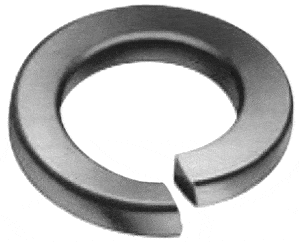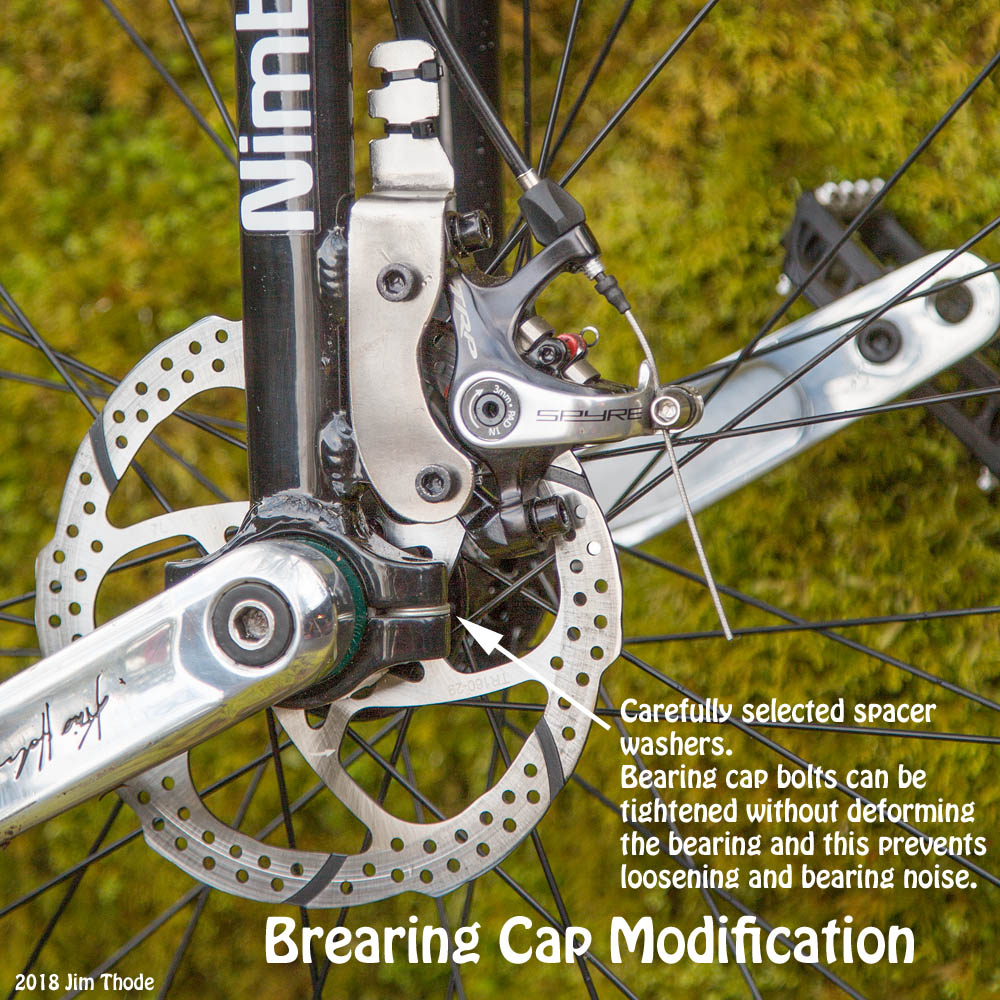Hi, I’m looking for ways to prevent my uni bolts from rattling loose, specifically the bearing housing bolts of my KH uni. I would like my uni to be as maintenance free as possible, always good to go. How do you guys get your bolts to stay put?
I have a bottle of Loctite 242 threadlocker but it’s either counterfeit (I live in China) or it simply doesn’t work well. I apply it and it never seems to fully dry, and it always makes a mess. Threads are still sticky even days after application. Maybe I’m using too much (one or two drops usually). Then there’s the newer and better Loctite 243 (blue) which I haven’t tried, and Loctite 248 threadlocker stick.
My problem with Loctite is that it has a 24-hour minimum curing period, so if you need to take off your wheel to repair a puncture and continue riding, I assume threadlocker is not going to do much good. On the other hand, threadlocker residue from the previous application adds a bit of bulk and increases friction, but I imagine it won’t stop the bolts from eventually coming loose.
My Teliang 19" uni uses Nyloc nuts, while my KH27.5 has threaded housings and split washers (technically termed “helical spring washer”). Based on personal experience with my KH27.5 uni, split washers don’t work. Here’s what NASA say about lockwashers (Source: NASA, 1990, Fastener Design Manual, p. 13):
Then there’s also this interesting video:
Nord-Lock Wedge-Locking Washers - Junker Vibration Test - YouTube
Despite the findings of the video below, the Nylock nuts on my 19er appear to be doing their job. I think effectiveness depends on the intensity of the vibrations. Split washers apply a small amount of preload which may be a good thing because unicycle bearing housing bolts don’t need to be too tight.
Next thing I’m going to try is plumbers PTFE thread seal tape, will it work? Probably not, but it’s worth a try.a
I could buy longer bolts and put Nyloc on the end in addition to the existing frame threads, which would give me a combination of the two most effective friction-based locking methods—Nylock nut and double-nut (as per above video). Maybe I could keep the split washers with a regular M6 washer to protect the frame from carnage (again, from p. 13 of NASA’s manual):
Nord-Lock seem ideal, but I have a feeling the torque required for the washers to bite into the bolt is far greater than the torque required by unicycle bearing housing bolts.
Anyway, ramble ends here, I’d know to hear how you do it.
PS Is there a way to insert a Youtube video in forum posts? Thanks

